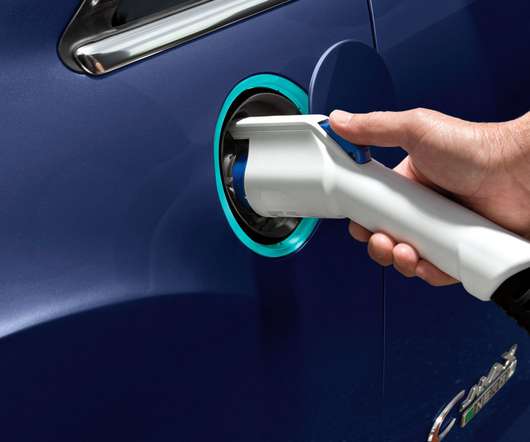Tech: How do Hybrid & Plug-in Hybrid Batteries Recharge? Do I Need to Plug a Hybrid In?
Clean Fleet Report
JANUARY 24, 2023
When hybrids appeared most used nickel-metal-hydride batteries This question was such a big roadblock for increasing sales that Toyota began an advertising campaign for the Prius that clearly emphasized that plugging in was not necessary. So, what’s the difference between the two different types of hybrid vehicles?























Let's personalize your content